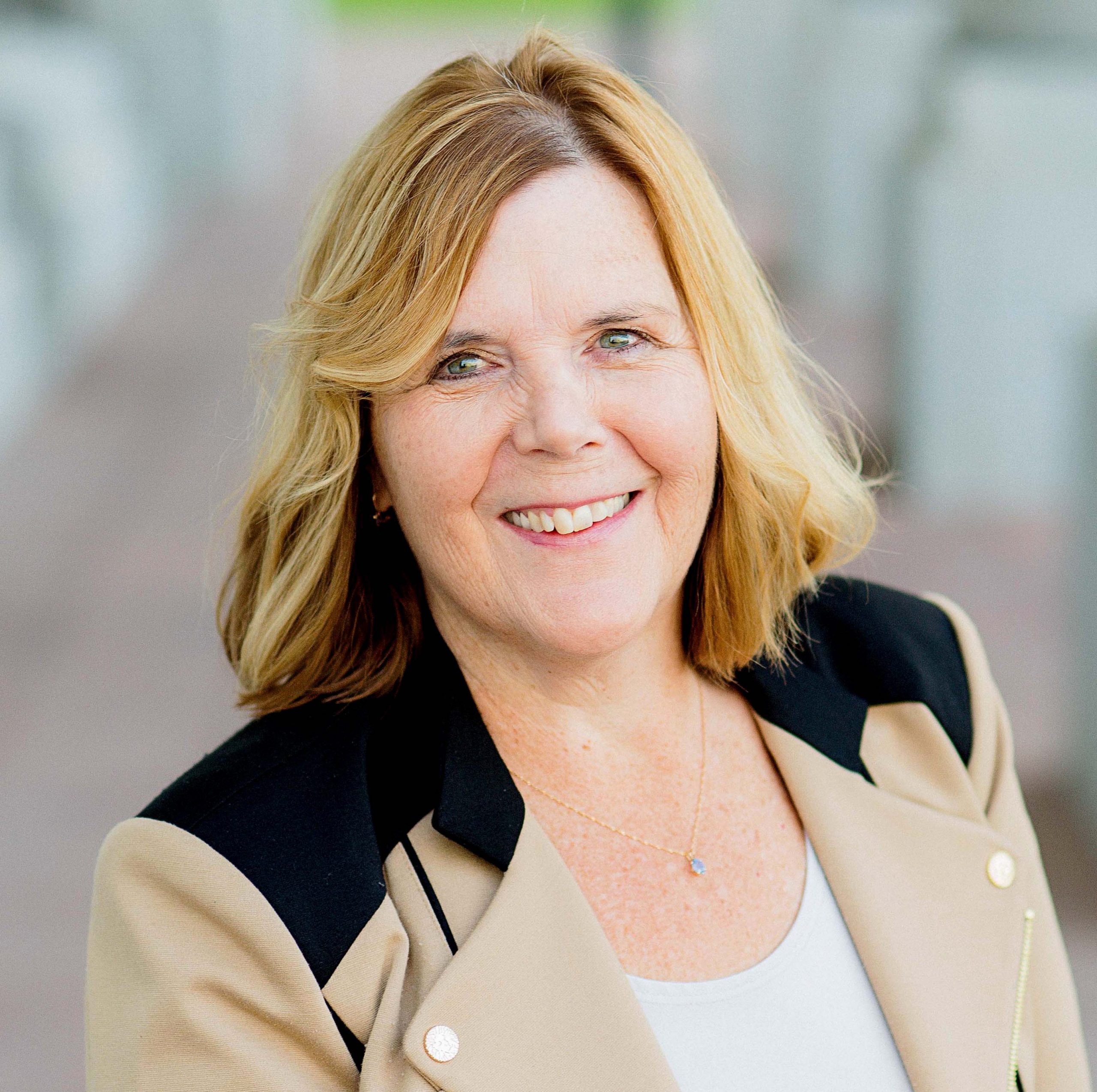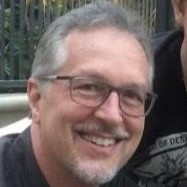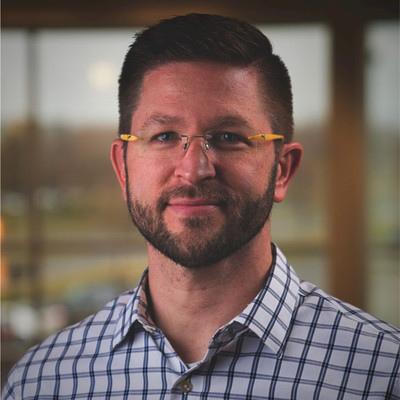Audio
Business Elevated Podcast (Episode 57)
This podcast series features business and government leaders discussing what it’s like to live and work in the great state of Utah. This episode includes a conversation between Linda Cabrales, industry director for the software and IT sector at GOED, and Peter Djokovich and Taylor Bench, with Summit Venture Studio.
The Business Elevated podcast is also available on Apple Podcasts, Spotify and Stitcher.
Transcript
Introduction
Welcome to the Business Elevated Podcast, where we discuss what it’s like to live and work in the great state of Utah. Did you know Utah is frequently ranked the best state for business by Forbes? This podcast is a production of the Utah Governor’s Office of Economic Development. Thanks for joining the conversation.
Conversation



Linda Cabrales: (0:22) Welcome to the Business Elevated podcast. I’m Linda Cabrales, industry director for the software and IT sector at the Governor’s Office of Economic Development. We’re fortunate today to have two guests, Peter Djokovich and Taylor Bench, with Summit Venture Studio. Welcome, Peter and Taylor. Thanks for joining us.
Taylor Bench: (0:40) Thanks, Linda.
Linda Cabrales: (0:43) Absolutely. First, can you each take a minute or two and tell us a little bit about your background and experience? Tell us how you got to this point.
Taylor Bench: (0:52) This is Taylor. Certainly. I most recently worked at the University of Utah for about 10 years in the technology transfer office. I worked in the PIVOT center in the startup realm, helping professors get their new inventions and ideas out into the market through license agreements to startups or established companies.
I worked on the startup side most of the time and helped form new companies. We were spinning out about 10 to 20 companies a year. I used to do some investment banking in New York and worked for a small equity fund after I did an undergraduate degree in engineering,
Linda Cabrales: (1:46) Perfect. Peter.
Peter Djokovich: (1:48) This is Peter. I’m in the software development business, and I’ve been an entrepreneur in software development since 1987. I’m one of the long-haulers in the field. We expanded our business and moved into Salt Lake City in 1994. We had an office downtown in the New Yorker building. We’ve been developing core operating platforms and software tools for large and growing business-to-business, direct to consumer, and business-to-consumer companies. We’re not the typical type of a developer.
In my travels, I met with Keith Marmer who’s the director of PIVOT. And Keith asked me if I’d be interested in coming to the center and being one of the entrepreneurs and residents. It evolved into something they call the mentor in residents because it was a slightly different footprint. That’s where I met Taylor, and we found out that we had a common idea here.
Linda Cabrales: (2:57) Perfect. So now you have the Summit Venture Studio. Tell us about that and what you’re hoping to accomplish, and what you’ve already accomplished.
Taylor Bench: (3:06) Our objective at Summit Venture Studio is to accelerate the commercialization of software solutions created at universities in Utah. When working at the PIVOT center, part of my duties was managing our software development center. We did maybe about 50 development projects for professors creating software solutions based on their inventions or ideas. It was valuable for the commercialization efforts of those ideas. However, it was difficult to fully commercialize those ideas while still operating inside the university. And so we worked with the administration and Keith for about a year before we launched the summit. I left the university, and we launched our business. Now we are licensing software from the University of Utah and several other universities here, including Utah State, Weber State, UVU, and BYU. We work with them to liberate new software inventions professors create, create market-ready products, and deliver those innovations to people outside the university.
Linda Cabrales: (4:44) That’s great. I think those are wonderful aspirations of what you’re doing. Peter, do you want to add to that?
Peter Djokovich: (4:50) Absolutely. One of our overall objectives, being in Utah for as long as we have been, is to engage and utilize our local talent. We want to engage the experts and vendors for all of these different initiatives to help us do this.
Taylor and I will be C-suite officers of these startups because the startups are idea-driven, not founder-driven. In doing so, we’re going to need to call on many resources and a lot of expertise to grow the different dimensions of the business, not just the software, but marketing, operations, and other areas.
We’re very passionate about the idea that Utah’s innovations should use Utah native resources to get them commercialized. That’s a big objective.
Linda Cabrales: (5:50) That’s excellent. So can you tell us more about the services you offer?
Taylor Bench: (5:55) When we license technology from the university, we’re taking on all of the roles a typical entrepreneur or a management team will do in that company. It’s taking the amazing inventions from the professors and figuring out the problem-solution fit and product-market fit, and taking that innovation through the process of developing a product that users can then enjoy. We are identifying technical and market elements that need to be developed so these innovations can get to market. We identify the economic buyers, influencers, and decision-makers in that market and create products that fit their needs.
Linda Cabrales: (7:01) Peter, do you want to add to that?
Peter Djokovich: (7:04) I would call it infrastructure and scalability. Most businesses, when they start they’re developed for a specific case. One set of customers, especially now the technology that’s SEF software invented in the universities, is tailored to a need they’ve identified within the university or within their community. It can be associated with a hospital, educational environment, or an engineering type of background. Commercializing those ideas and getting them to market requires a wrap-around of support services that include infrastructure, regulatory, and compliance servers. It also requires customer service people on the telephone, websites, all of those sorts of things that enable systems, tools, and processes. One of our favorite mottos is the process is king. I’m not the boss, you’re not the boss; data’s not the boss. The process is king. We want to enable these ideas to scale.
You’ll frequently hear this message from us to scale from small to medium, to large, to massive, and doing that requires different sets of skills and capabilities. And we provide that trajectory.
Linda Cabrales: (8:28) You already touched on this, but why are there so many buyable commercial products, software products, and other innovations that are just on the shelf at universities? Why does that happen?
Taylor Bench: (8:39) That’s that’s a really good question, Linda. I was speaking with an investor today over lunch and telling him what we’re doing. And his jaw hit the table that we were having lunch on when he heard universities in Utah get about a billion dollars a year in research funding across the state.
Peter had to do the math for me the other day, and that’s about $3 million a day that is spent on research and development. And you can just imagine what volume of new ideas and inventions are coming out of these researchers and professors’ labs. What we’re doing is helping the university by building a conduit out to the market for these inventions.
If you go through these universities’ portfolio, there are hundreds, if not thousands of new inventions that need to get to market. And some of those roadblocks to getting these inventions to market are difficult to navigate because of either federal laws, grants, or the rules around how the research was funded.
The typical tech transfer structure is foreign to businesses out in the market. It’s just not something that people think about. And a lot of these amazing inventions require $3 million a day spent to get to market.
Linda Cabrales: (10:37) Peter, what are your thoughts?
Peter Djokovich: (10:41) A big dimension of what’s going on in the university tech transfer world is that inventors are typically individuals or groups that don’t necessarily want to be company founders. Their invention may be only one element of what they’re doing in their university work. It’s the job of the university tech transfer officers to do that commercialization.
Another key piece is it’s sometimes difficult for software to be commercialized because there are not as many legal protections for it. If you invent a device or a chemical or a machine, you can get patent protections. But in software it’s best- to-market or first-to-market to achieve the kind of economic success you want. But if you can get to the market fast, if you can scale with demand you can accelerate your go-to-market timeline and short circuit the typical one to two-year timeline it takes. Many of the reasons why these ideas are sitting on the shelves is because there’s no champion. And the champion doesn’t have all the tools, network, processes, resources, and infrastructure to execute it on it quickly.
That’s the combination that Taylor and I bring to the studio. The access to the pipeline of ideas, resources to be the C-suite developers, and the resources.
Taylor Bench: (12:21) To add on to that, Linda, Peter is exactly right. That champion is a huge requirement. And what happens at the university is the opposite of what is typical. Investors often bet on the jockey. And because of the way universities are structured, the inventors of these amazing inventions are university employees. And they typically don’t want to leave their university employment to be an entrepreneur. Finding that jockey or that champion is difficult. That’s one of the larger hurdles for commercialization, and that’s where our studio summit steps in and fills that gap.
Linda Cabrales: (13:22) Okay. I think you’ve hit on many of the issues already, but can tell us more about the best practice to commercialize software?
Peter Djokovich: (13:34) I’ll go first on this one. We look at it from two key points; we call it the what and how. Trial and error in software is a bad idea especially when you’re delivering big-ticket software to highly regulated businesses like medical, financial services, education, high-tech industries. These are operational systems that your customers depend on so it’s got to work. You have mission-critical cases. The software has to work and you have to know how to make it work. It can’t be trial and error.
You also have to consider how the software is delivered, supported, serviced, monetized, and scaled up. Serving 5,000 customers, 50,000 half a million or 5 million is very different, and they have different footprints, compliance requirements, and infrastructure. That’s the problem of scale that causes issues in software businesses. How you do your business when you have a handful of clients instead of a country full is very different. The best practice is to have the capability to handle that scale and be nimble.
Linda Cabrales: (15:09) Perfect. What are some of the roadblocks that you run into when you try to commercialize software, and how do you overcome them?
Taylor Bench: (15:20) In the university setting where we work, often we will come up against the challenge of a solution looking for a problem. What typically happens outside an industry where there’s a problem in the market and innovators come up with a solution directly aimed at that problem.
The beauty of the university structure is there are a lot of dynamics and free thinking going on and a market problem does not drive it. Taking into account what Peter was talking about with the what and how, we also have to look at the solutions coming from universities and make that fit between what customers want and the solution. Bringing that consumer view in can sometimes be a little bit difficult. There are a lot of customer interviews that have to happen and a lot of discovery. But when you can match a problem and a solution together, overcoming the rest of the challenges becomes a little easier.
Linda Cabrales: (16:50) Great. Peter, did you want to add to that?
Peter Djokovich: (16:53) Having worked with 700 plus companies over the last 30 years to help them commercialize software in various economic environments, the general impression in society is anyone could be a successful entrepreneur. Anyone could start a business, but could you be successful? Successful is the operative word. You don’t want me doing your brain surgery. There are specific skills and subject matter expertise. So the guy who invented the product is not necessarily going to be good at selling it and building a viable business.
And then, you have to scale it through different operation stages. As I talked about earlier, five to five million clients, the footprint is very different. Since we’ve worked with hundreds of these companies to start growing and scale them over the decades, we know we have the tools, network, resources, and experience we’ve gained to dramatically accelerate the time to market. That’s our motto, accelerate go to market. That’s what the vision is.
I’ll wrap up by saying that the ability to test rigorously, implement effectively, and our ability to scale reduces the risk for investors and customers, which is a big feather in the cap of what the student is trying to do to mitigate risk.
Taylor Bench: (18:49) To add to that point, what Peter and I have been able to unpack in the studio is a lot of his experience in the market. And what we’ve done is split our process up into three parts, a discovery element, a developing element, and a deploy element. And each of those stages has their challenges.
We’re trying to use best practices in each of those on the discovery side to figure out that problem, solution fit, and product-market fit. With Peter’s expertise on the development side, being able to develop the software with teams in an agile way using best practices in the market, the best tools, and having the right partners on the deployment of these solutions. We’re trying to make sure we work with as many companies as we can and as many potential buyers so we can overcome some of those roadblocks.
Linda Cabrales: (19:49) Perfect. I’ve appreciated both of you taking the time to be part of this conversation today. But before we leave, I want to see if you could share a success story. Have there been one or two projects you’ve worked on that have gained commercial attraction?
Taylor Bench: (20:08) There’s a good handful already that we’ve been working on, including from the data analytics, healthcare, and the education technology spaces.
We’re currently working on that space where we have an education platform that is already in use. The pandemic has accelerated its use in helping students understand what elements of their classes. They need to work harder. So it uses metacognitive elements in their learning, and it goes through as they do their homework, quizzes, and tests. The way it asks the questions and takes them through the course helps them better understand the subject matter. It is proven to increase their scores in a class by somewhere between five and 15%. Being able to provide that platform to the professors makes their lives easier and it helps students learn much faster, even in this digital remote world that we’re now living in.
Linda Cabrales: (21:32) Oh, that’s wonderful. Peter, do you want to add to that?
Peter Djokovich: (21:35) In that particular solution, the professors like it because students learn more. That’s rewarding and it creates better retention of knowledge for students and they like it because it makes the learning easier and more fun. And we like it as business people because the student population is very large, and we’ll have lots of users.
Linda Cabrales: (22:01) That’s great. You have a large market, and that’s what you’re looking for. Thank you both so much for taking the time today. Is there any last thought that either of you want to provide before we wrap up?
Peter Djokovich: (22:14) If anyone’s interested in learning more about what we’re doing summitventurestudio.com, come and visit.
Taylor Bench: (22:22) Thanks for having us, Linda.
Linda Cabrales: (22:26) Thank you. I appreciate both of you being here.
Conclusion
Thanks for listening to the Business Elevated podcast, a production of the Utah Governor’s Office of Economic Development. Listen to other episodes where you get your podcasts or at business.utah.gov.
